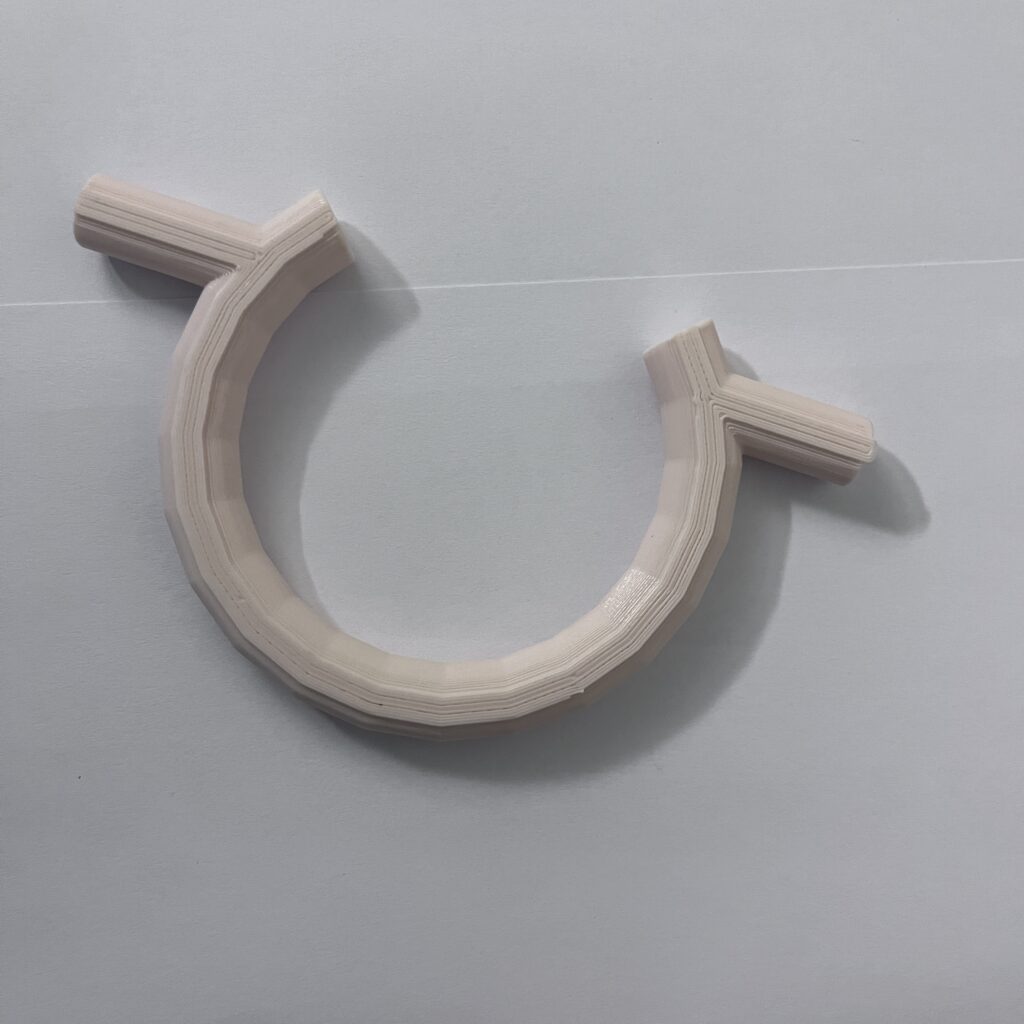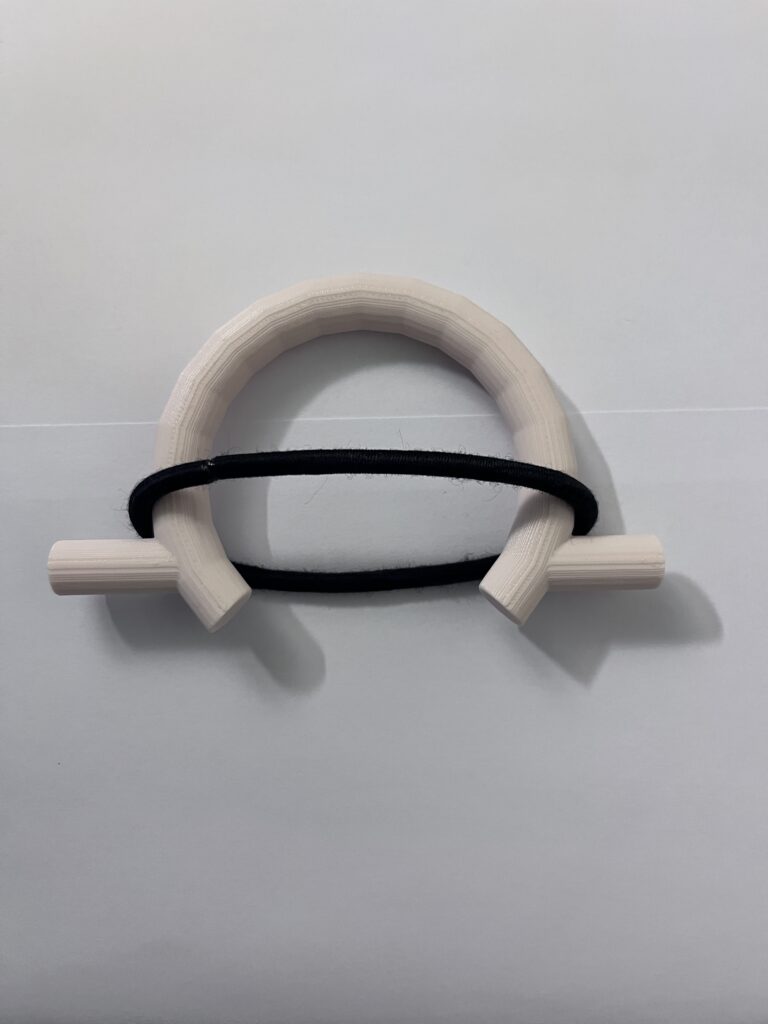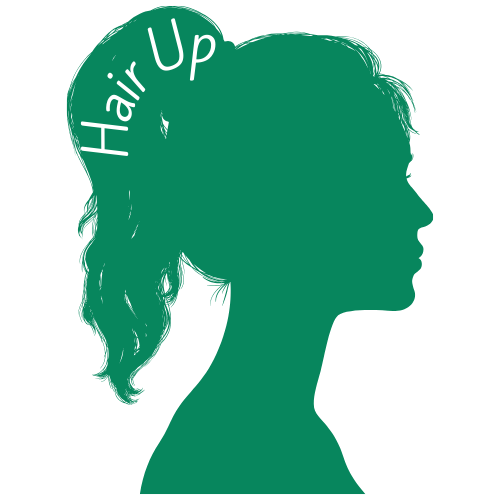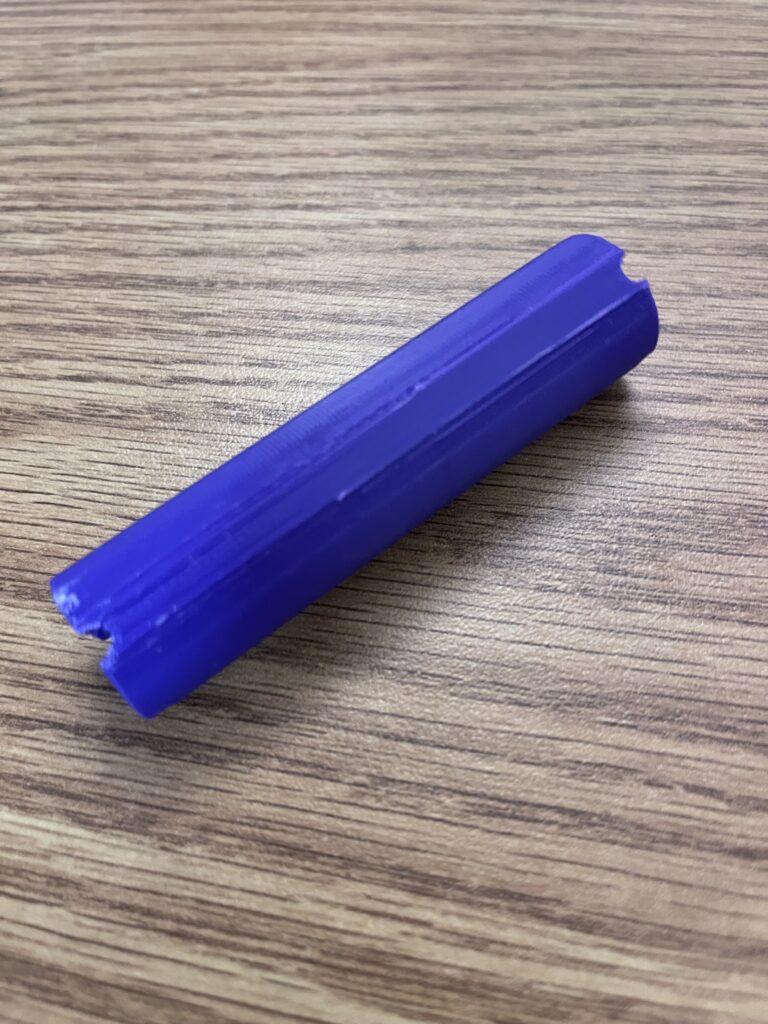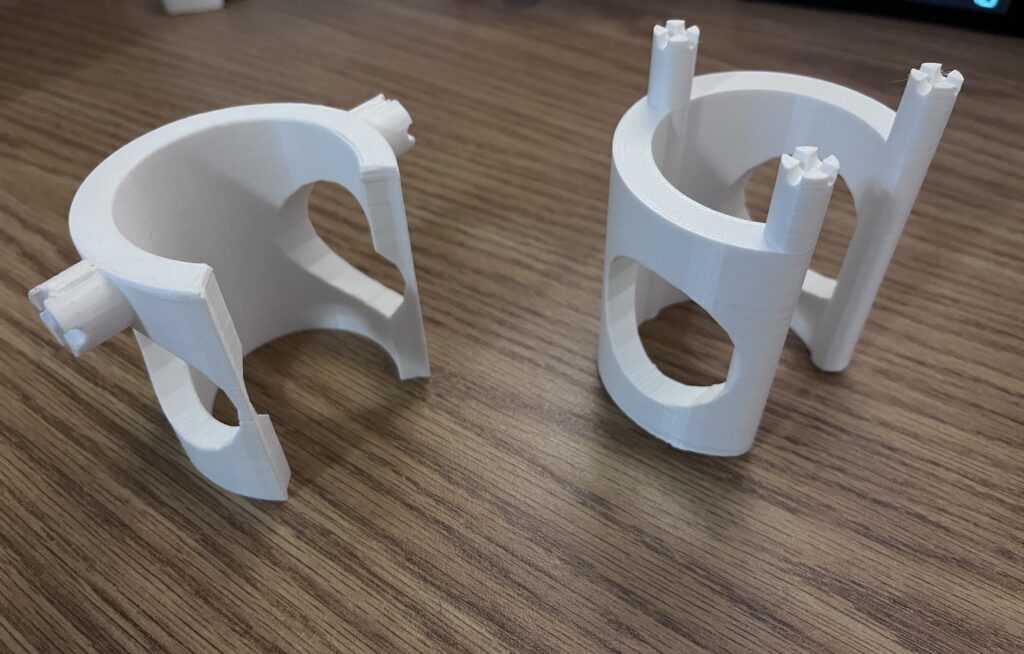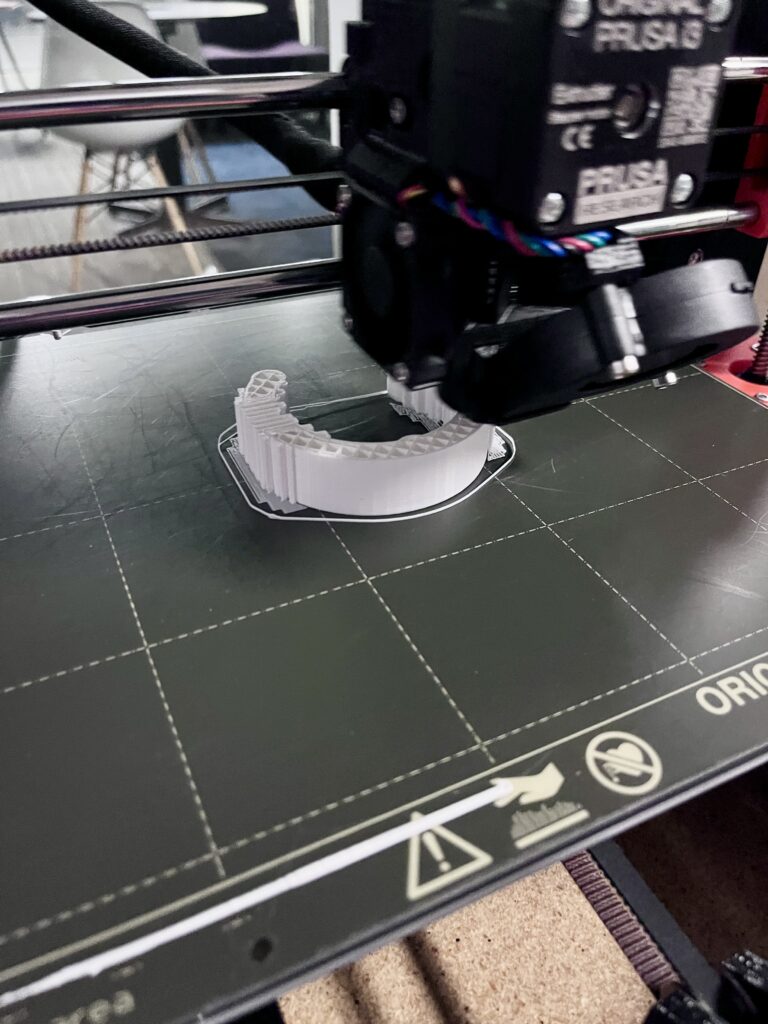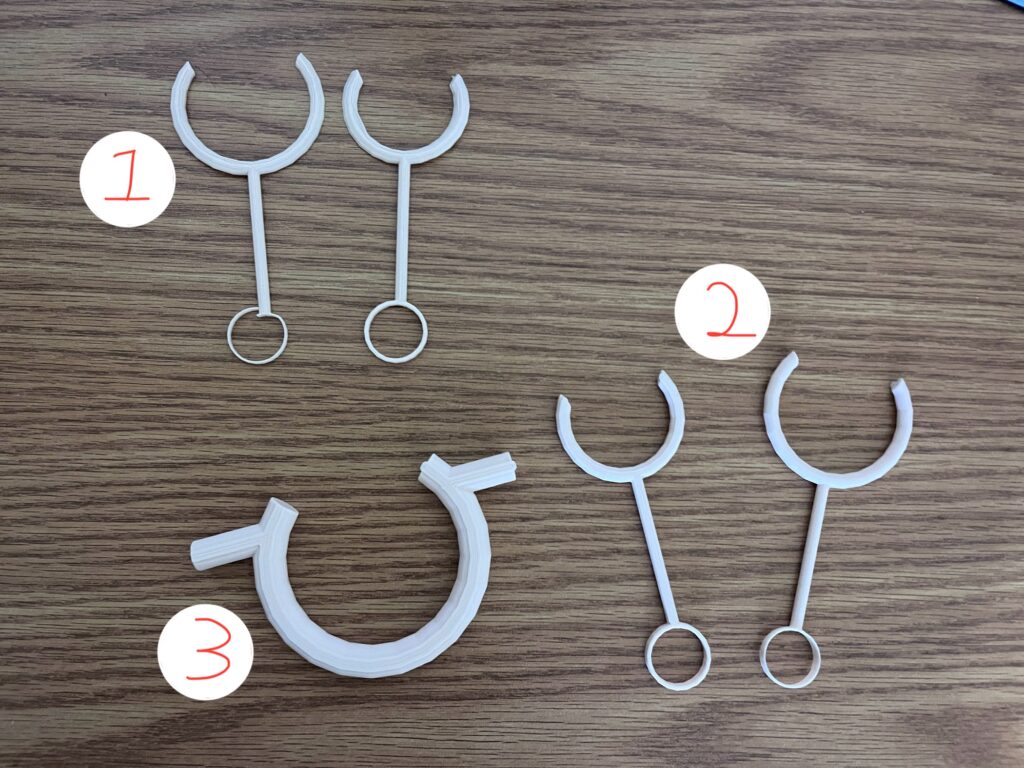After testing Design 6, both on myself and on my friend, I concluded that the idea of creating a tool that stretches open an elastic was going to be the best option. I think that Design 6 needed some curved ends to make the elastic stay in the divots of the tool. In this design, I shortened the length of the cylinder and added divots on the sides to increase the ability of the elastic to stay attached to the tool. I liked the addition of the side divots, but the tool kept slipping out of my and my friends’ hands and the elastic. I think slightly curving the ends and making the cylinder about 10 mm longer could have helped.
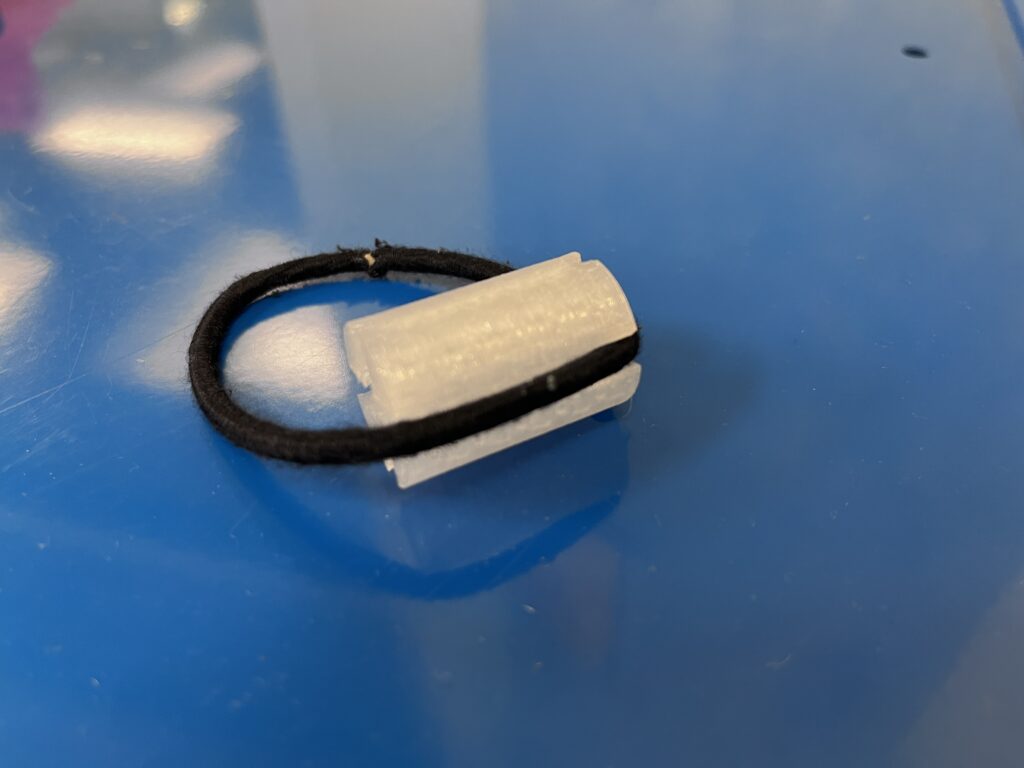
Looking back on previous designs, I noticed that Design 3 had the curved ends that I wanted. I tinkered around with Design 3 and tried out different ways of holding, stretching, and twisting to see if I could salvage the design. In my original third design, I planned to have the hair sit in the “U” shape and figure out a way for the elastic to twist around the hair. When I was tinkering around with this design after testing Design 6, I flipped the tool upside down and used the “U” shape as a handle rather than a holder. The knobs allow the elastic to be stretched open and the user can guide a fist of hair through the elastic. Once the hair is guided through, the user can twist the handle and repeat the steps. This design took some practice, but my friend was able to use the tool to tie her hair back. It is not perfect and I do not think this is the easiest method of tying hair back, but this is the closest any of my designs have come to working for my friend. This was the first design that she liked. Although I do not have time to refine this design, I plan to highlight this design on my website and make a video and instructions on how to use it.
